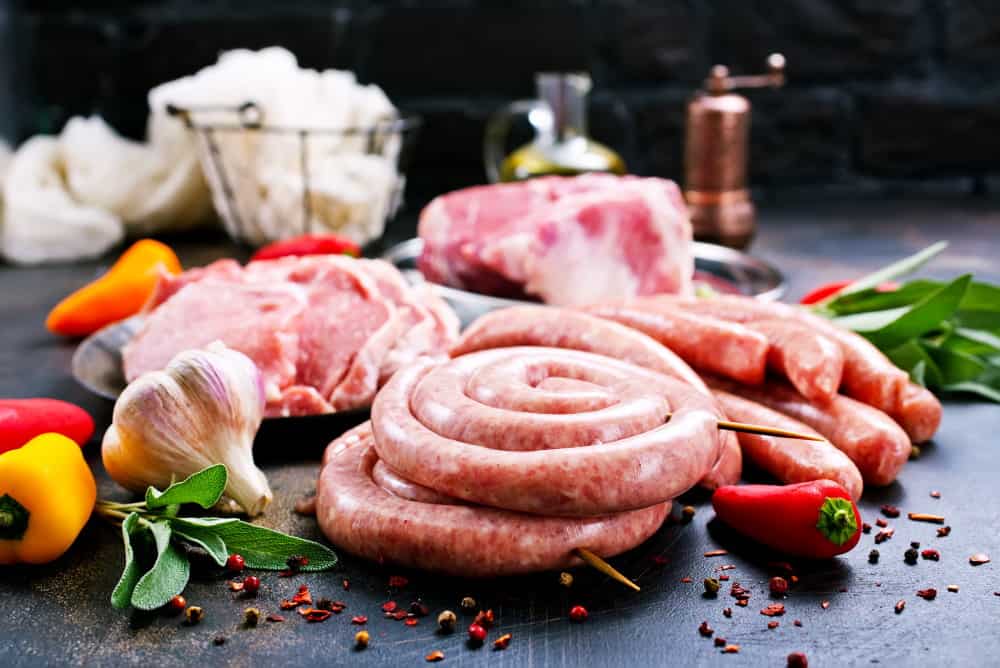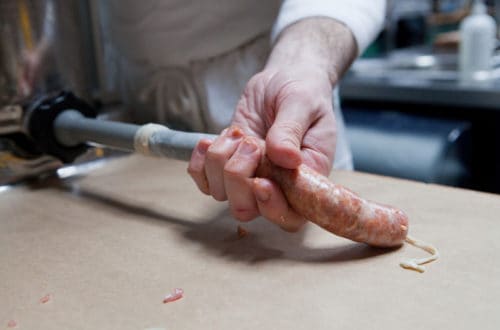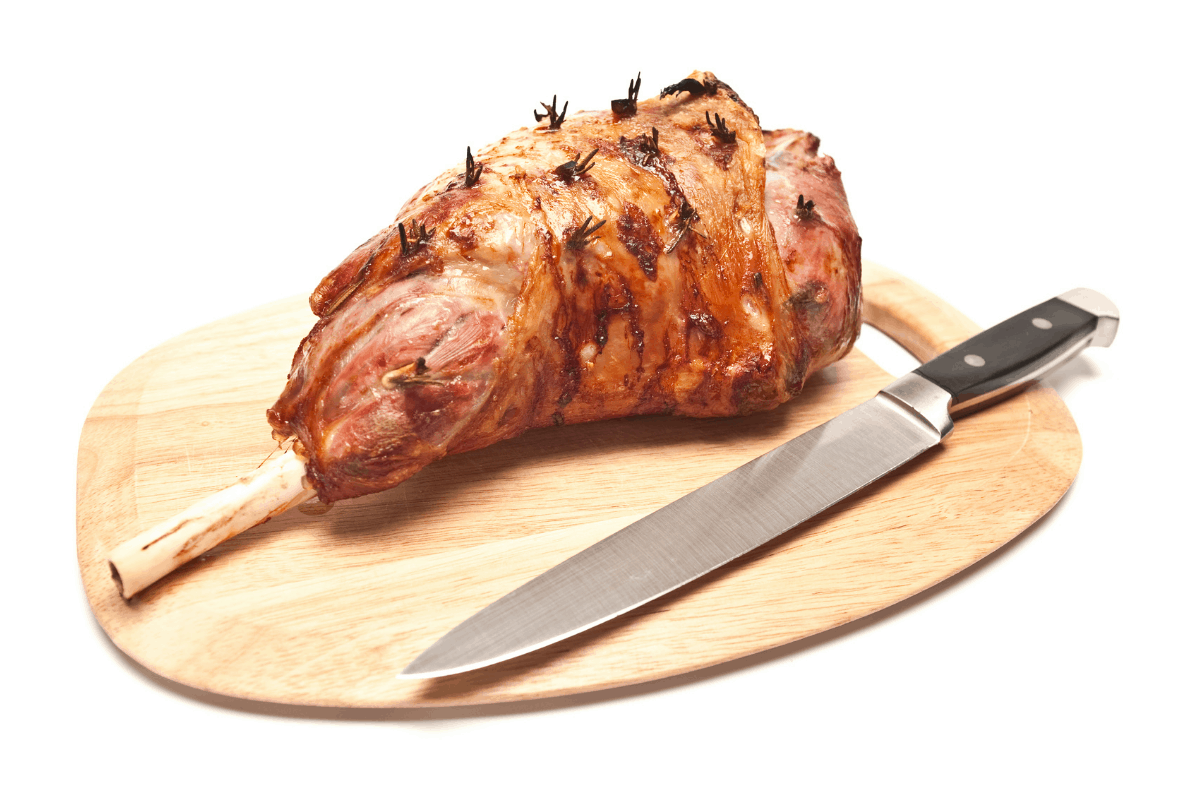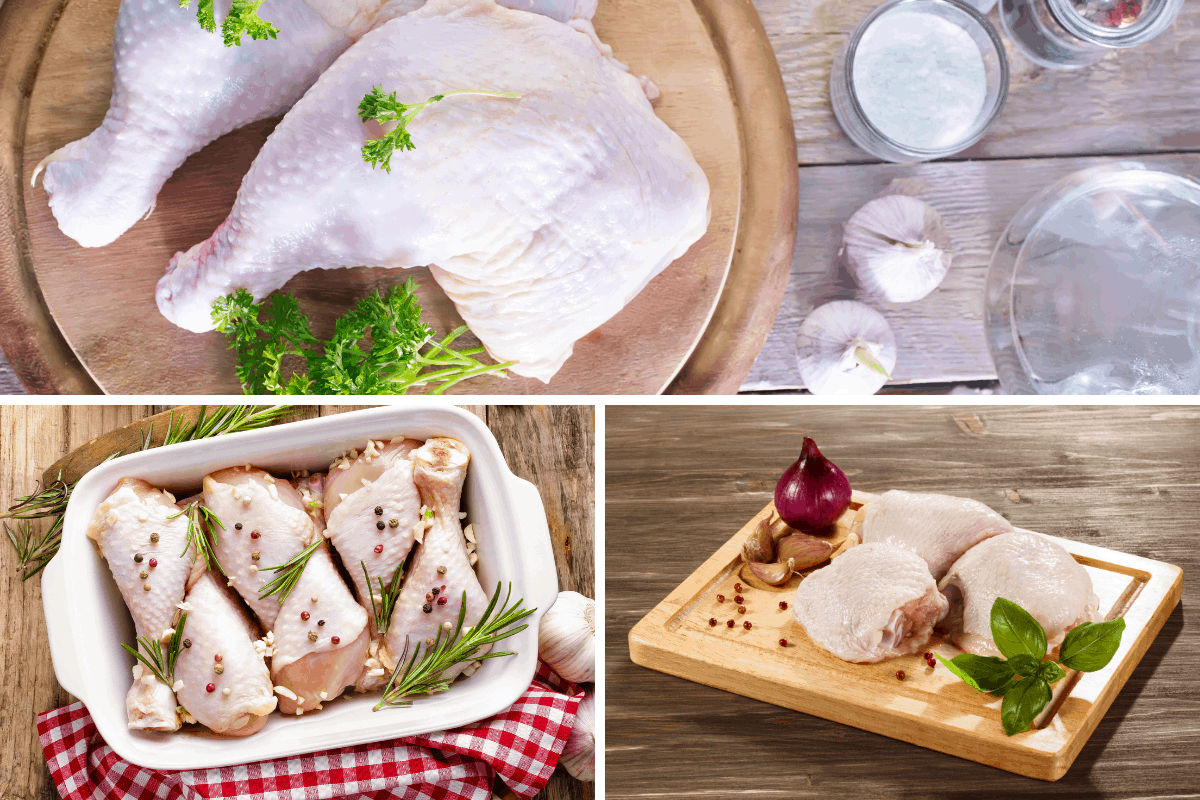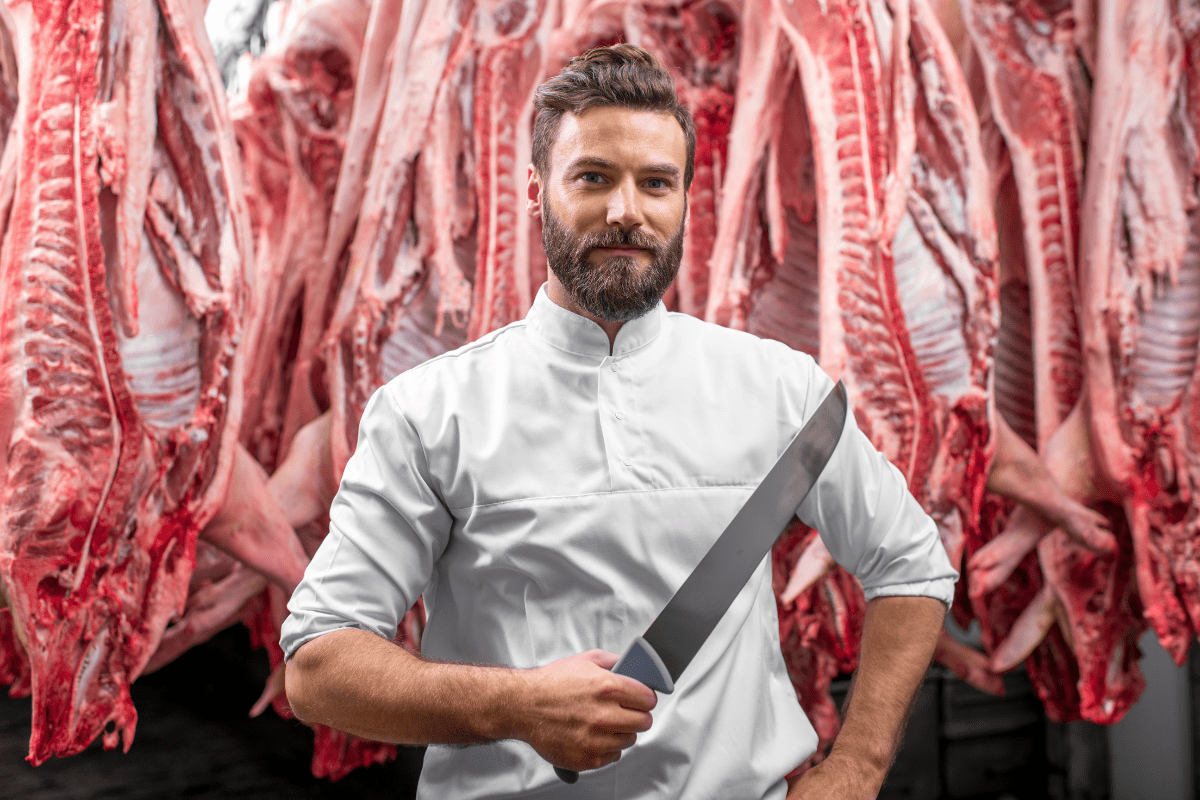Sausages can sometimes get a bad rap as being unhealthy due to the amount of fat content, or low quality meat used.
Whilst there are certainly some mass produced, lower quality sausages available in the supermarkets, you’ll find it’s a different story with the ones produced by independent butchers, or your own homemade sausages.
So what is the right amount of fat to use in sausages? A general ratio of fat to lean in sausages is about 25% fat to 75% lean. This ratio will ensure the sausages have flavor, and will stay moist during cooking. The fat content can be adjusted by about 10% either way, however all sausages need a minimum of 15% fat to stop them being dry and bland after cooking.
We will now look deeper into how much of a difference the fat to lean ratio makes in a good sausage, and some tips you can try when making your own homemade sausage recipes.
So How Important is Fat in Sausages?
Fat has several vital roles when it comes to sausages.
- Adding moisture during the cooking process to keep your sausages succulent and juicy
- Adding flavor. The fat within the animal is where most of the flavor lies
- Binding the seasonings and ingredients together
If you try to make “lean” sausages, you will likely be very disappointed with the results as the final cooked product will be dry and crumbly with very little taste.
If you wish to make a leaner sausage that’s fine, however, I wouldn’t recommend going below a 15% fat content.
Equally, you can have too much of a good thing.
If you overdo it with the fat, your sausages will end up being too greasy and will have an unpallatable texture.
If you are not health conscious and don’t mind a little extra fat and flavor then by all means up the fat ratio slightly. However, I wouldn’t recommend going above 35% or you may just find that the final product isn’t as nice as you hoped it would be.
Personally, I would start at about 20% Fat to 80% Lean and if you wish to alter the content one way or the other, just adjust by 5% until you reach the ratio that fits your taste.
What is the Best Cut of Meat for Sausages?
Without exception, if we are talking about pork sausages, then the pork butt (shoulder) is about as close to the 20/80 ratio that you can get. Many butchers will grind the pork butts as they come without, the need to add any extra fat or lean to the mix, and the results are usually a very tasty sausage.
Ocassionally, if the pork was a bit on the lean side, the butcher may add a little pork belly or back fat into the mix.
If you were making beef sausages, then the chuck would be a good starting point. This also comes off the shoulder of the animal but may not have quite enough fat on its own. Adding some of the fattier beef trim taken from the plate or brisket should bring the ratio up to where you want it.
For more exotic sausages, such as venison or other game meat, you may need to add fat into the mix.
Game animals usually offer a very rich and lean meat. Therefore the shoulder of these animals would not likely produce the correct fat to lean ratio for making sausages.
In instances like this, depending on personal preference and the recipe being used, pork or beef fat would be added to the mix to provide the correct fat ratio.
Hunters that kill their own food will often have a butcher process the carcass, and ask the butcher to add pork fat or beef trim to the sausages and burgers if the animal is a particularly lean one.
Depending on the type of flavor you want, pork adds the fat without overpowering the original meat, beef fat can have a stronger flavor that could compete with the original meat.
Have you tried using Rusk in your homemade sausages? Check out our article here: Why Rusk Makes Better Homemade Sausages
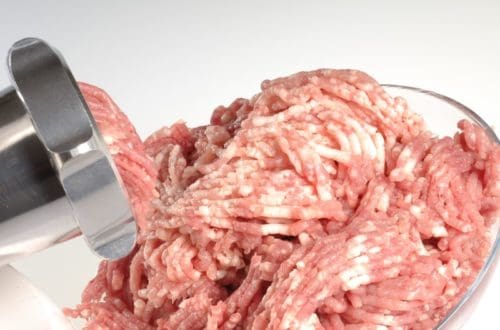
How Can I Be Sure I’m Getting The Right Ratio of Fat to Lean?
If you are new to making sausages, then you may feel a little intimidated as to whether you have got the right ratio of fat to lean for your sausages.
The good news is that making sausages is not an exact science, and so ballpark ratios are fine.
Over time, you will get an eye for what looks to be about the right mix, and won’t think twice about it.
However, in the meantime there are a couple of things you can do to make sure you are in the right area with your quantities.
Ask Your Butcher
If you are looking to have a go at making your own sausages, go to your local independent butcher and tell them that you are making your own sausages and would like a 20/80 mix of the type of meat you want to use.
If you don’t yet have a meat grinder, you can ask the butcher to grind the meat for you at the same time.
Your local butcher will be a valuable friend to have if you are in any way thinking of making sausages on a regular basis, or getting into a little home butchery.
Butchers love to share their knowledge, and are more than happy to spend time explaining things to those who truly have an interest in what we do.
If they make their own sausage links, they may be willing to sell you the casings you need as well.
Buy From The Supermarket
If you don’t have an independent butcher local to you (we are a dying breed unfortunately!), there may be a butchery dept in your local supermarket that you could use.
If there isn’t a butchery dept, check the meat cabinet for whole pork butts or ground pork or beef with approx 20% fat content. This will work just as well.
Cut, Trim & Weigh the Meat Yourself
If you don’t have a butcher or 20% ground meat, then you can just purchase some kind of pork joints that have fat with them and then trim them when you get home.
Take the total weight of meat you need for your batch of sausage and then separate the lean from the fat. Divide into 2 piles so that you have 80% lean and 20% fat. So for a batch of 5lb sausage you would want 4lbs of lean meat and 1lb of mostly fat.
Once you have your 2 piles, grind them together and you will have your 20/80 mix ready to go.
As mentioned before, don’t over think it or worry too much. So long as there is a healthy amount of visual fat in the meat you are using then you should be good to go.
Only Use The Freshest Meat
The last note I want to make with regards to the meat you are using for your sausages is Freshness.
After a while pork fat can start to discolor and turn rancid. You DO NOT want this in your sausages!
Not only does it have a bad taste, but also you are potentially opening yourself up to making yourself ill.
Along with buying the freshest meat you can find, you need to make sure that you keep the meat chilled during the sausage making process.
It is best to put the meat into the refrigerator after every process. Especially in the beginning when you are not sure what you are doing and everything is taking longer than it will when you have a few sausage batches under your belt.
You really should chill the meat back down after every 20-30 mins of it being out of refrigeration.
So to begin with I suggest you return the meat to the refrigerator after each of these steps:
- Trimming & Weighing the meat
- Grinding the meat
- Seasoning the meat
- Stuffing into casings (if making links)
It may seem a bit time consuming, but it only takes 20 minutes for dangerous bacteria to start multiplying once the meat begins to warm up.
Don’t take chances – CHILL IT DOWN BETWEEN STEPS!
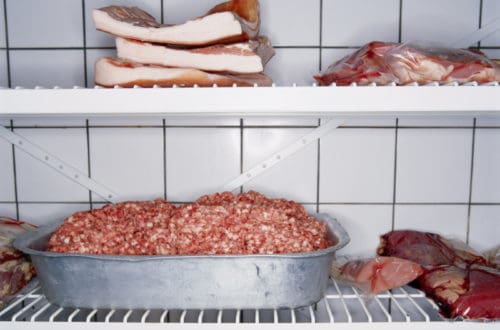
So What IS the Best Fat to Lean Ratio?
As you can see from the article, it will be YOU that decides the answer to this question.
I have done my best to guide to to the basics of ratio used by many butchers and sausage makers, but ultimately it is your experimenting with what works for you, that will decide the final ratio you wish to use.
If you’re health concious, you will probably start to decrease the fat content until you reach a level that is too lean, at which point the previous batch to that is your ratio.
If you like more flavor and don’t mind a bit of fat, you may want to increase the ratio until you think it is just right.
Remember, sausage making is a personal thing that you do for you. Make your sausages the way you like them and it can never be wrong.
Just enjoy the process of finding out, and enjoy the sausages made your way for years to come.
You will never want store bought sausages again, I guarantee it!
